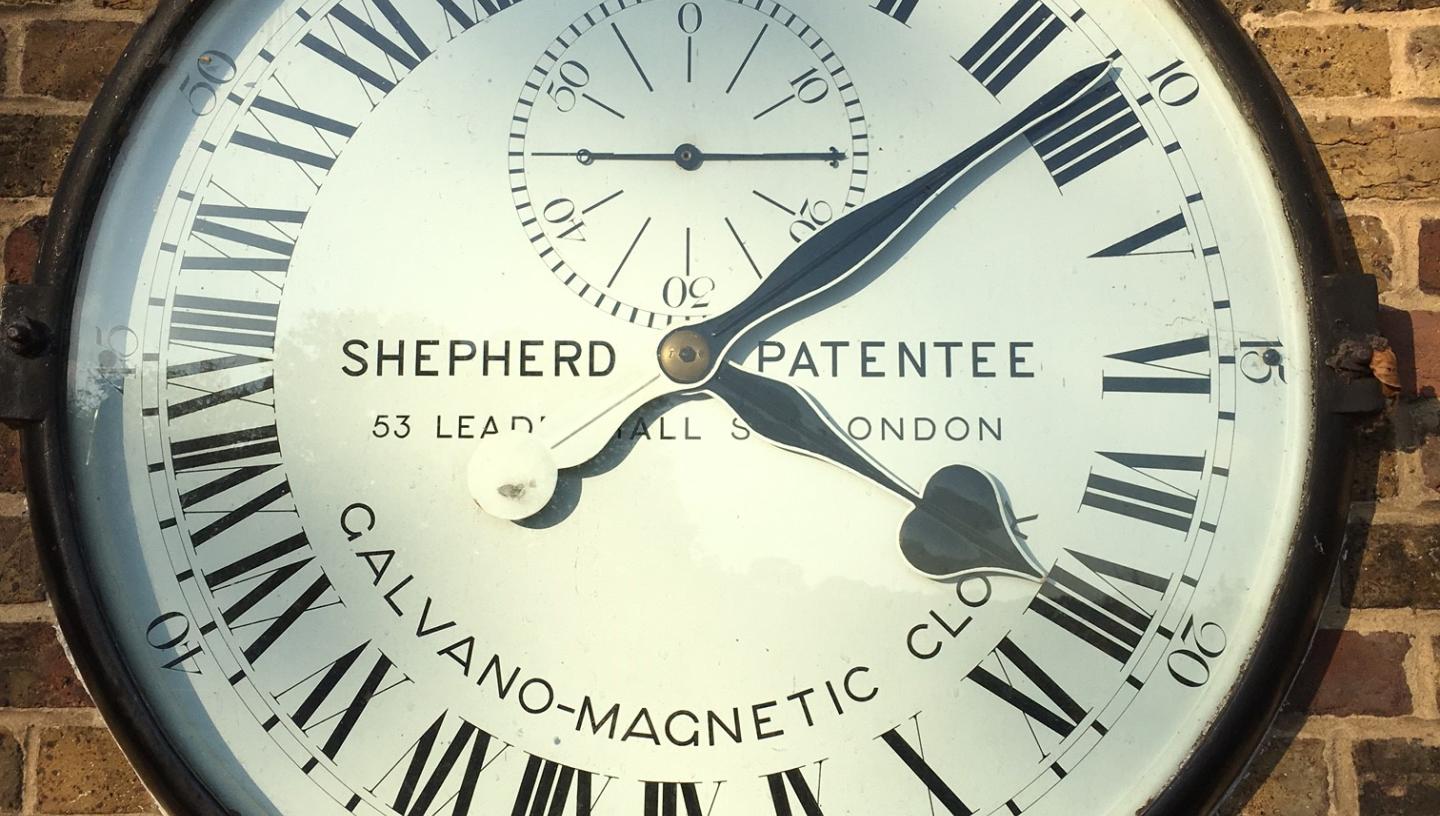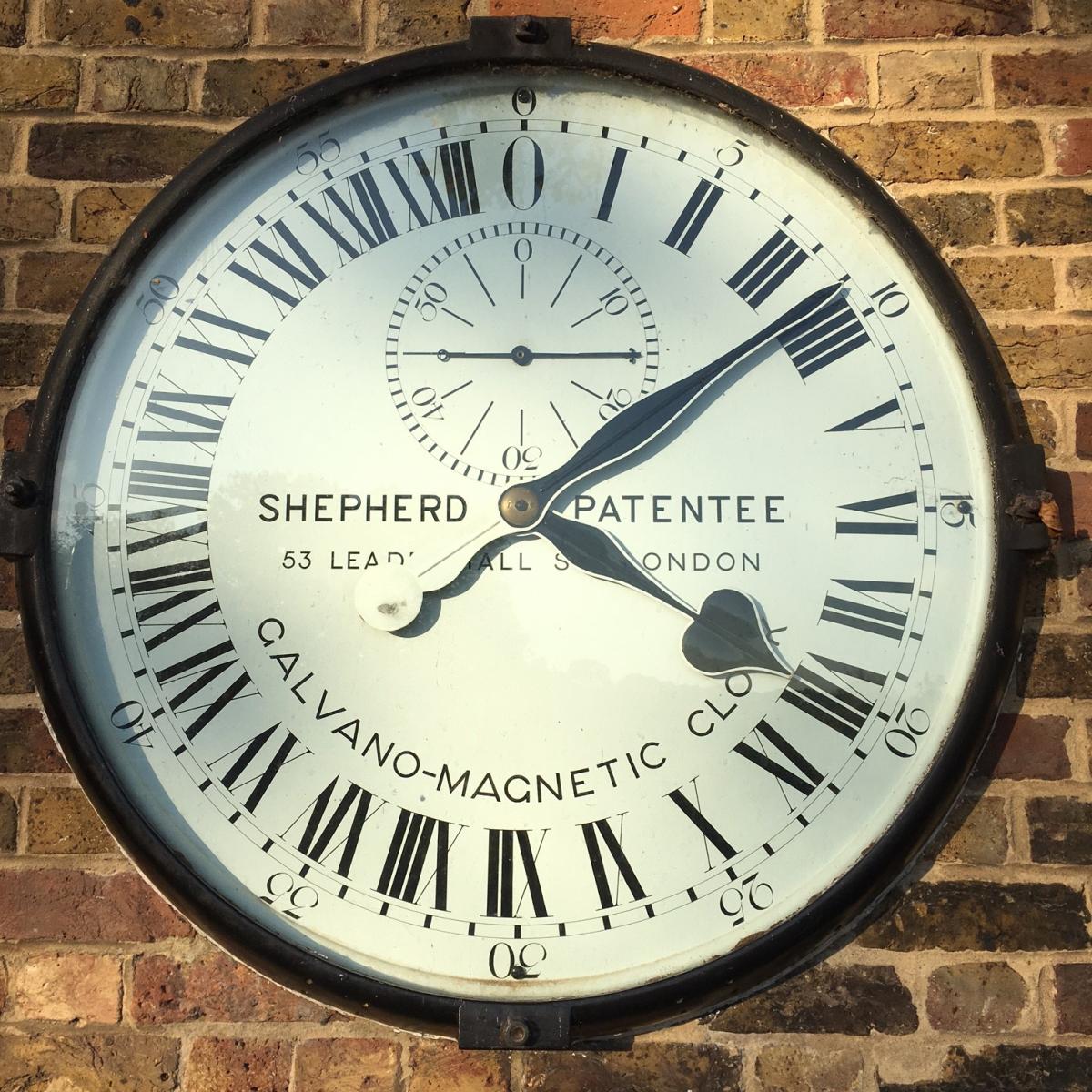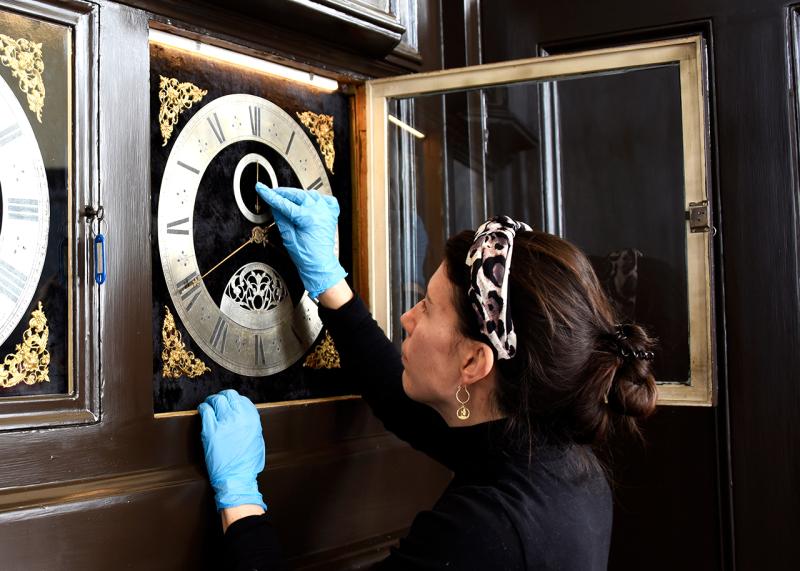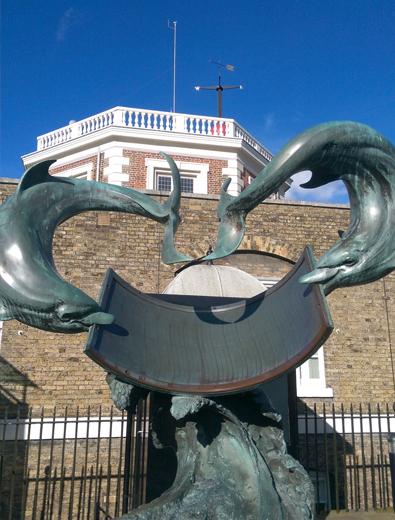
'Noon' means 'midday' or 12 o’clock during the day. ‘Midnight’ refers to 12 o’clock during the night. Simple right?
Well, maybe not, especially if you're using a 12-hour clock.
When most people say 12pm, typically they're talking about the middle of the day: 12 noon. When they say 12am, they normally mean 12 midnight.
While some people follow this convention, technically it's not quite right – as you'll see from the definition of am and pm below. To avoid any confusion (and to make sure you arrive on time), it might be best to say 12 noon or 12 midnight instead.
Alternatively, you could use the 24-hour clock system, where 12:00 is noon and 00:00 (or 24:00) is midnight.
What does am and pm mean?
The 12-hour clock divides the 24-hour day into two periods.
- am stands for the Latin ante meridiem, translating to "before midday". This is the time before noon.
- pm stands for post meridiem or "after midday" – the time after noon.
Noon is therefore neither 'ante' (am) nor 'post' (pm) meridiem. Midnight is also neither am nor pm.

The 24-hour analogue clock
This is the Shepherd Gate Clock, which since 1852 has been installed outside the gates of the Royal Observatory Greenwich. Notice anything strange?
Instead of the usual numbers 1-12 on its clock face, it has 24 Roman numerals. That means that the hour hand goes round only once in every 24 hours.
At 12 noon, instead of pointing straight up, the hour hand points straight down at XII. If you want to confuse your friends, you can own your very own replica version.
But this clock has another secret. The Shepherd Gate Clock was linked to the main 'motor clock' inside the Royal Observatory, which from 1852 to 1893 was the central clock that determined the whole British time system.
By using telegraph wires, the time determined by this highly accurate Observatory clock could be shared across the country. For the first time, cities from London to Glasgow to Belfast could share exactly the same time.
By 1866 Observatory time was even being sent to the United States, with transatlantic submarine cables connecting Greenwich with Harvard University in Massachusetts.
If all this talk about time has got you in a spin, why not visit the Royal Observatory for yourself? Explore the home of Greenwich Mean Time, and find out more about the mysteries of space at London's only planetarium.
Time to spare?
Learn more about time and space with the Royal Observatory Greenwich





